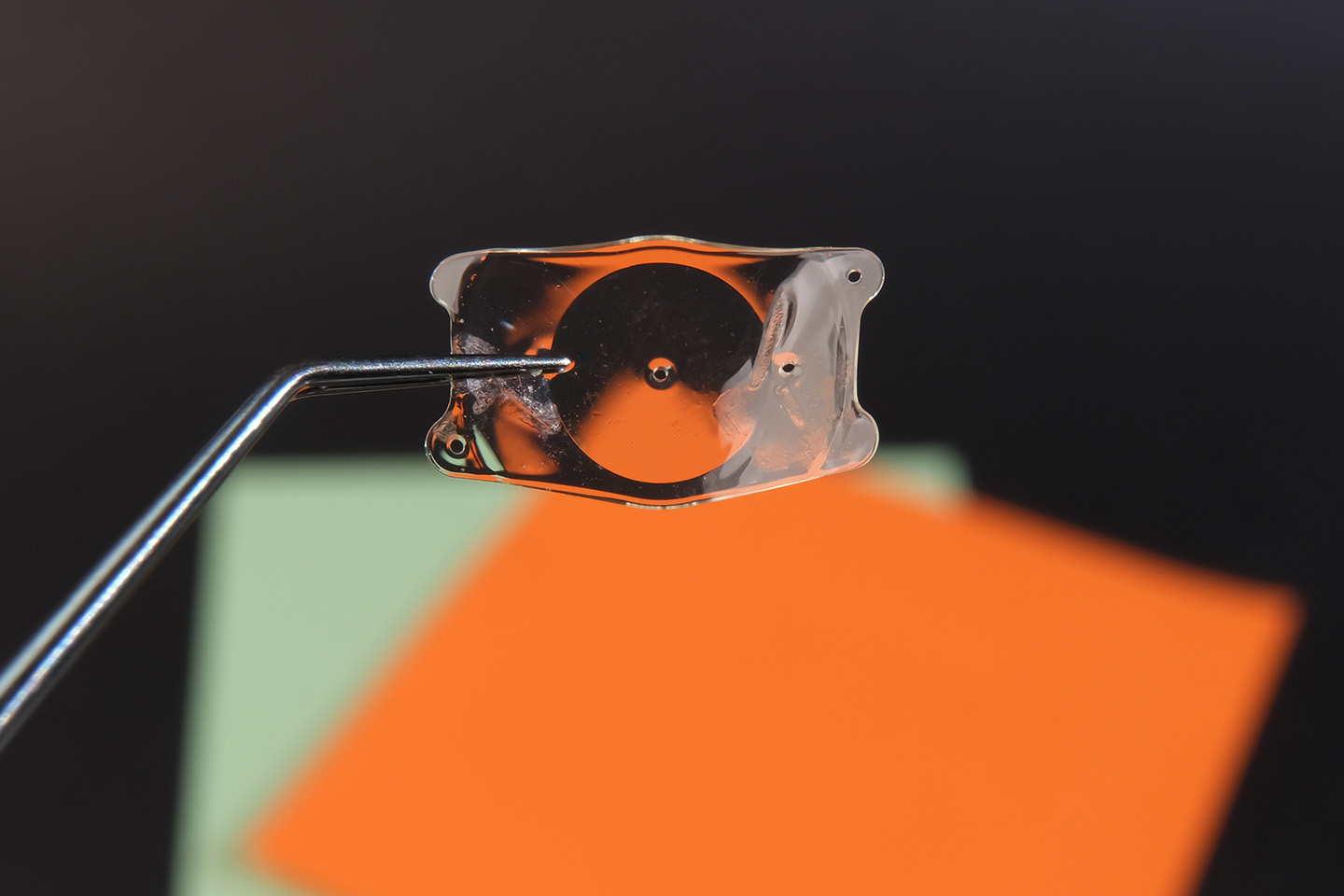Are Eye Floaters Normal?

Those tiny dark specks darting across your line of vision often come with age, but they could also signal a serious eye condition, and you should consider getting an eye exam.
If you’ve ever noticed tiny dark spots, strings, or cobwebs darting across your line of vision, you’re experiencing what is known as eye “floaters.” They move as you move your eyes, but will drift in different directions when your eyes are still. Floaters are typically more noticeable when you stare at a blue or grey sky or a computer screen with a light background.
Though bothersome, floaters rarely interfere with your sight or indicate a more serious eye condition. Floaters appear when the vitreous — the large, middle portion of the eye filled with a gel-like substance — dissolves and liquifies as we age. As that happens, some undissolved particles may float around the vitreous, causing us to see the reflection of those small specks.
What Causes Floaters?
Floaters pop up when the vitreous separates from the back of the eye. Although a posterior vitreous detachment (PVD), as this condition is termed, fills the eye with floaters, it is not considered a serious threat to your vision. Floaters caused by a PVD will eventually disappear or can be treated with laser surgery.
A sudden increase in the number of floaters you see, coupled with bursts of light or winnowing of peripheral vision, could be a sign the vitreous has dislodged from the retina. If left untreated, a retinal tear or detachment may lead to vision loss. Anyone experiencing those symptoms should immediately see an eye doctor.
In most cases, light flashes can be traced to a PVD. According to one study published in Ophthalmology, nearly 40% of patients with those symptoms were diagnosed with PVD, while 8.9% showed a torn retina.
A medical professional can tell you if the floaters are related to PVD, a retinal tear or some other condition affecting your eyesight. Floaters can develop as the result of an inflammation in the back of the eye, bleeding caused by trauma, or a chronic medical condition like diabetes or hypertension. Being diagnosed with nearsightedness also puts people at higher risk of eye floaters.
How Are Floaters Treated?
Unless floaters significantly hinder your eyesight, they don’t require treatment. However, if they grow in number, impede your vision, or you notice lightning bolts flaring across your eyes, you should get a thorough eye exam.
Your ophthalmologist may recommend one of two surgical procedures. A vitrectomy replaces all or most of the vitreous with a sterile clear fluid. While this surgery clears away the floaters, it carries a significant risk of tearing the retina and causing an infection in the eye.
Because of those risks, most doctors prefer their patients to undergo a laser vitreolysis. Completed during an office visit, the doctor shines a laser beam through the pupil and breaks up the floaters. Afterward, you’ll be given a prescription for eye drops to prevent inflammation, and you can return to your normal activities immediately following the procedure.
Learn more about eye floaters and whether you need treatment for the condition by contacting one of the eye specialists at Swagel Wootton Eye Institute. They can answer all of your questions and help you see clearly again. Book an appointment online at our Mesa or Chandler locations today.
[DISPLAY_ULTIMATE_SOCIAL_ICONS]








